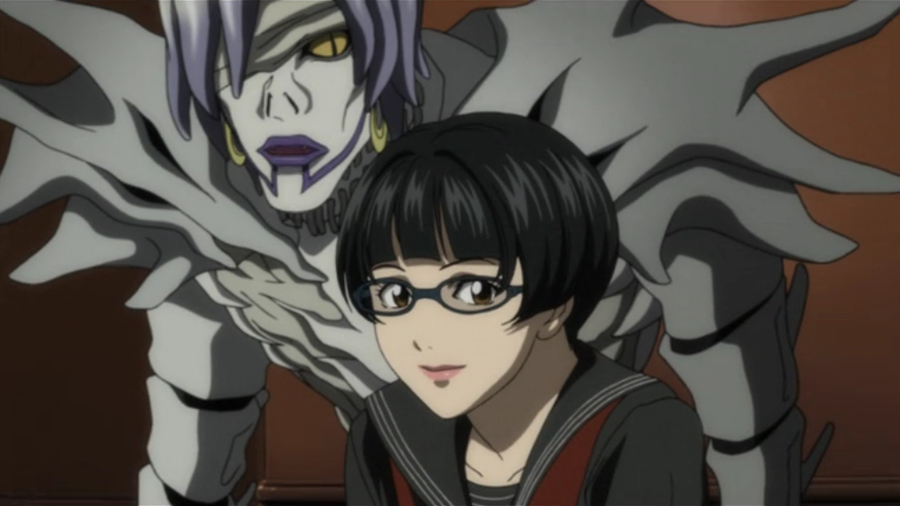
My little sister recognized Death Note’s Misa instantly from my Netflix queue.
“That’s the girl you used to draw all the time!” she exclaimed and darned if she wasn’t right. I was in my freshman year of college back then, but I was home for every break, doodling anime characters in the corners of my biology notes. Misa was especially iconic, a goth in pigtails who defined the next five years of lazy anime convention cosplay. She’s the crux of Death Note’s surprisingly sincere love letter to a specific era of Japanese goth-rock aesthetic.
After the train wreck that was the Netflix Death Note live action, I’m rewatching the anime again. So different to see it in high definition rather than pirated pixels on a bad DSL connection. I’m shocked at how little I remember. And after my sister’s comment, I realized I barely recognize the person I was when I first saw it, during my freshman year of college.
When I came home for winter break from college, I hardly recognized my own home; my parents had redone the kitchen in granite and put a pool in the backyard. My little sisters already looked different from the photos I had of them on my dorm room desk. At college I had been a little homesick, but back here I already missed my dorm and my new friends. I was in between homes and I didn’t know where I belonged anymore.
But anime has always been there for me during times like these. I remember watching Death Note because I used its labyrinthic, thriller plot to escape my problems. I related most to Light—not his sociopathology, but the way he increasingly isolated himself, drawing inward while slowly, the outside world become wholly uninhabitable to him, populated with people he couldn’t relate to or trust. An overdramatization of my own withdrawal, sure, but great TV for a girl who felt kind of lost.
Rewatching it now, the best moments are the scenes that prod my memory; that not only force a reaction, but the knowledge that I’m reacting differently to it now than I did 10 years ago. Back then I was as old as Light, L, and Misa are, and they seemed all the more intimidating for being my peers. Today, I feel so much more compassion for how young they are. Today, I feel so much more sympathy for my former self, watching this to escape her own loneliness.
I have these mental triggers for so many other shows. I’ve discussed how Welcome to the NHK helped me out of a depressive episode I went through while job hunting. I shared how The Devil is A Part Timer reflected my transition to freelance. Honey & Clover will always make me think of my budding relationship with John (it was the first anime he ever recommended to me), and though it wasn’t the first time I’d seen it, Nerima Daikon Brothers will always make me think of how I used to blast those peppy musical numbers after fights with my parents, tears still streaming down my face as I sang along. Less notably, Masamune-kun’s Revenge got me into weight-training (Masamune is a fitness nut).
This isn’t unique to anime. When we read a book or watch TV or look at art, ourselves come flooding into the experience. Anime is ostensibly an escape, but when we show up to process what we’re seeing, our own narratives are what help us put this story in context. Our surroundings as well. I was so surprised my sister remembered my drawings because until then, I didn’t consider the way my experience watching Death Note affected the people around me.
Can you separate a show from the person you were when you watched it? I don’t think I can. Rewatching a show is less about revisiting a storyline than looking for glimpses of that girl who watched it first, the person I used to be.
Misa in disguise, Death Note episode 13.
